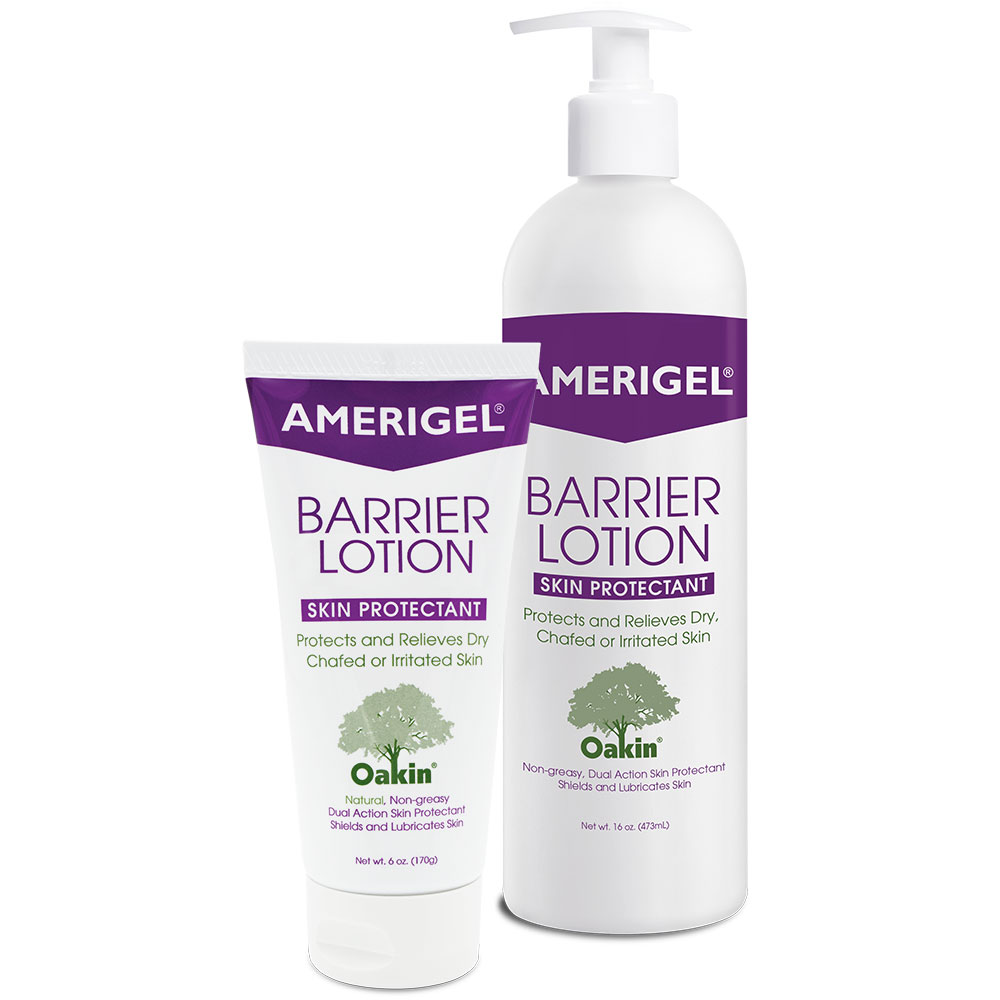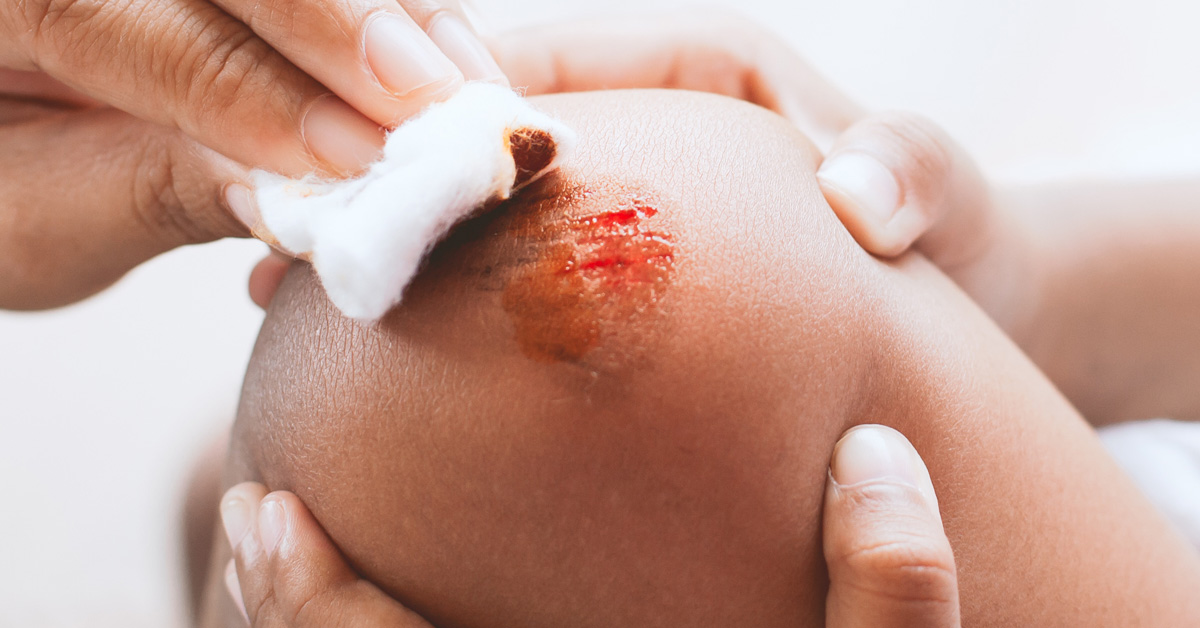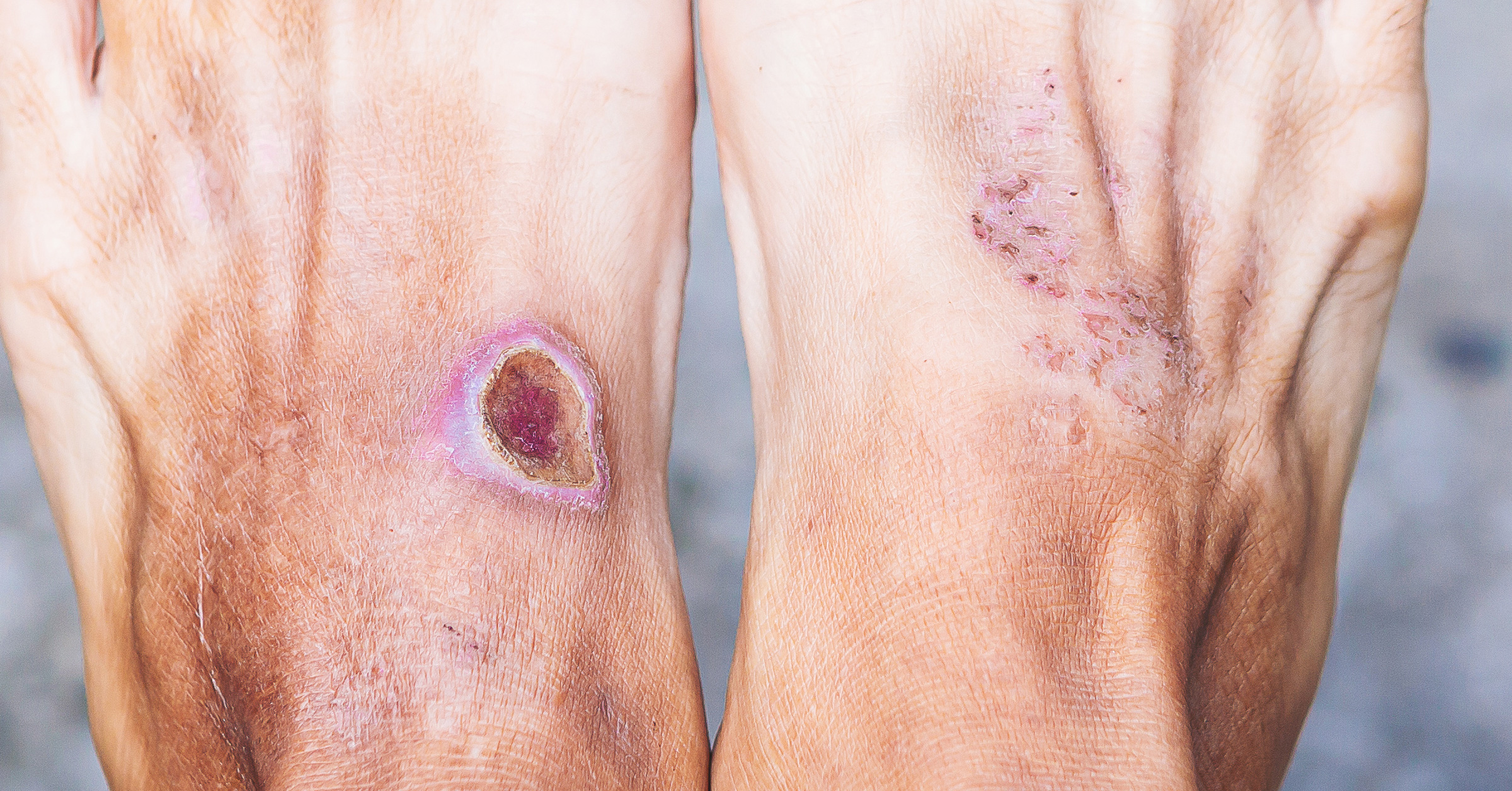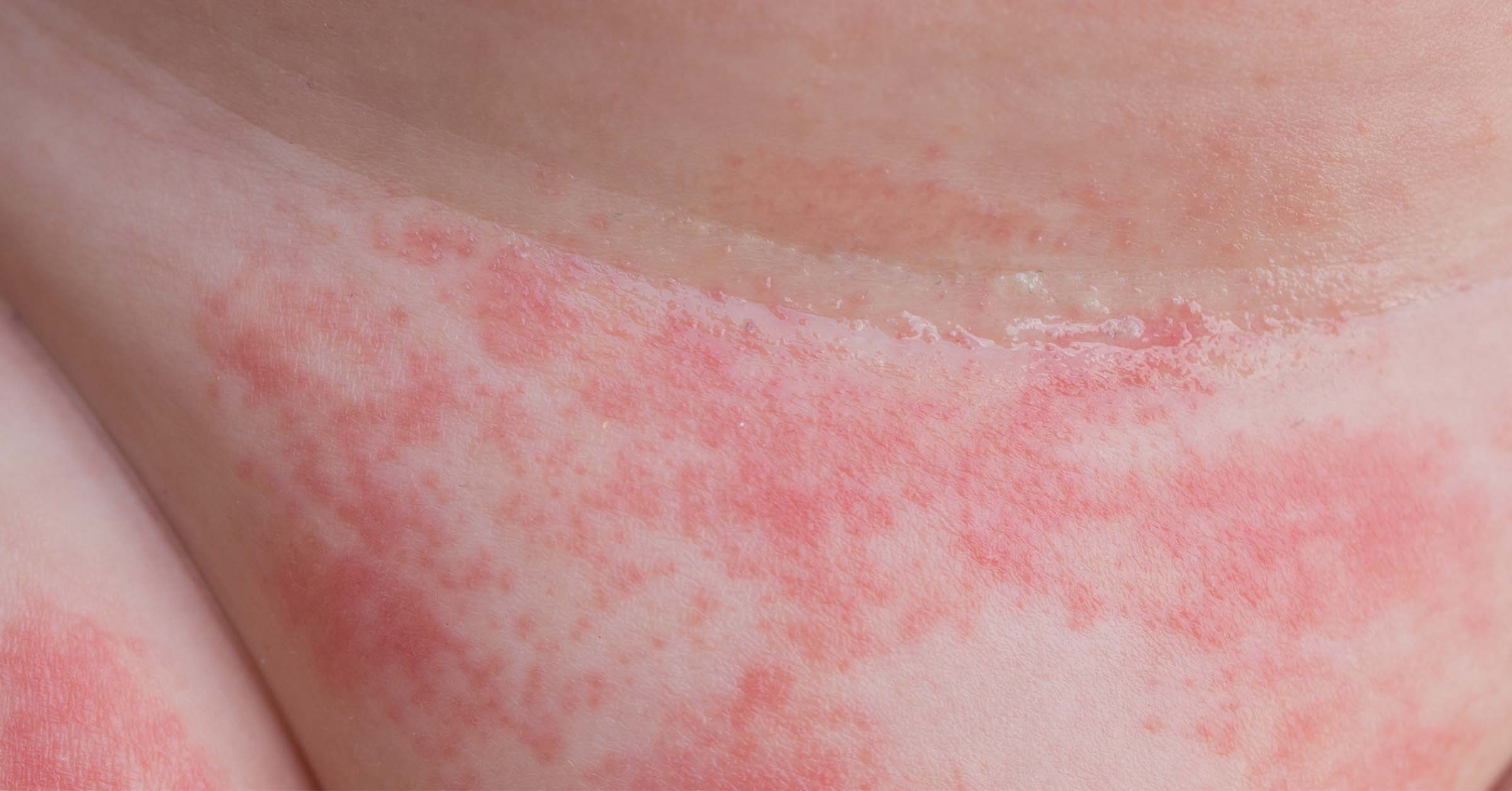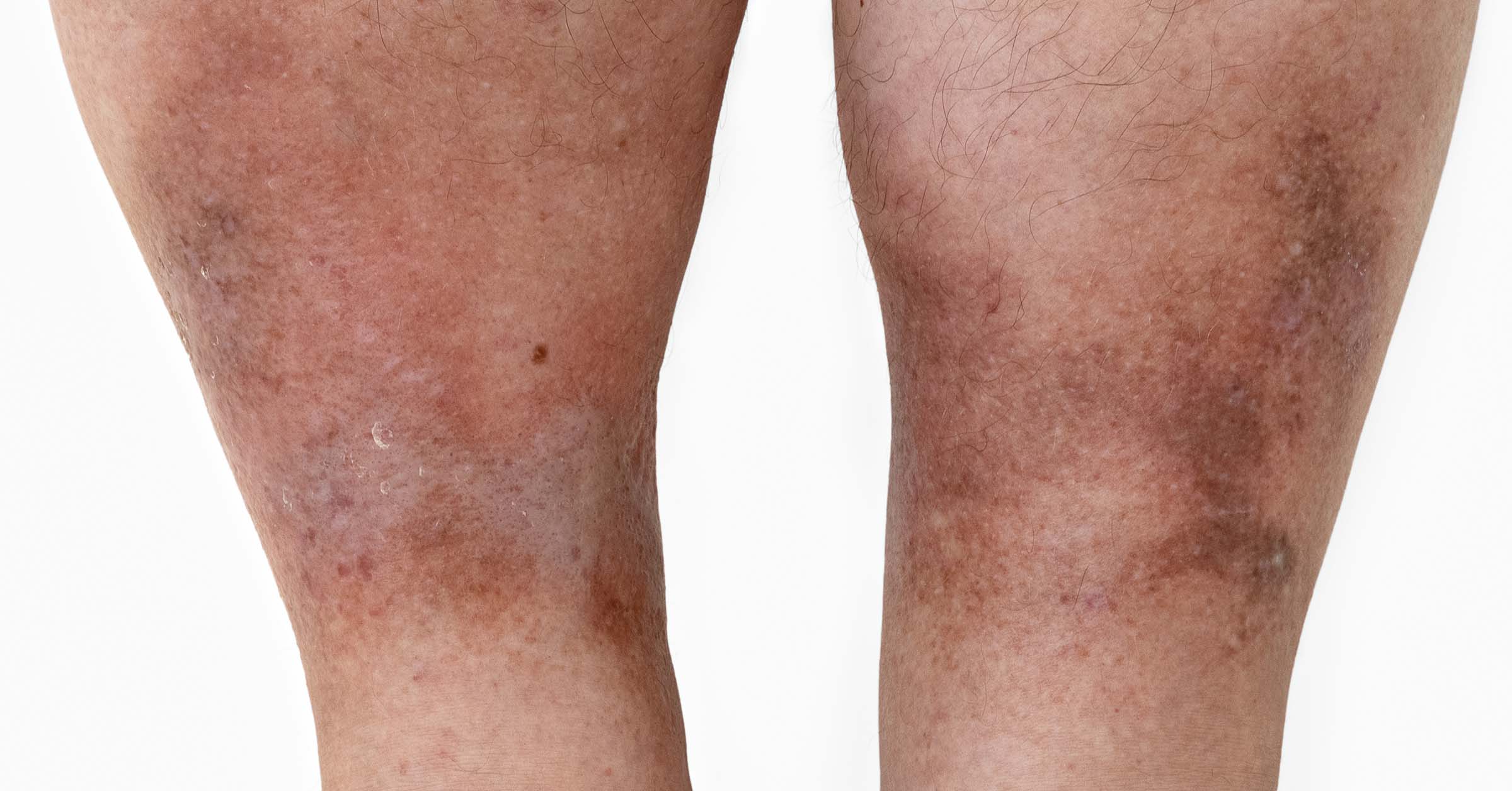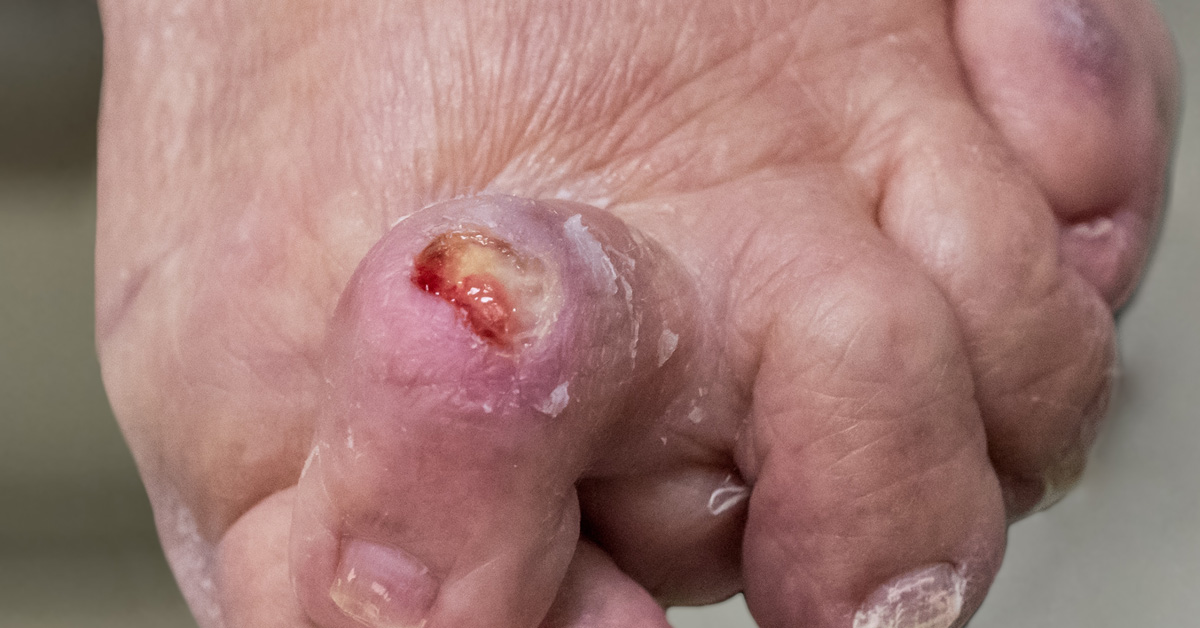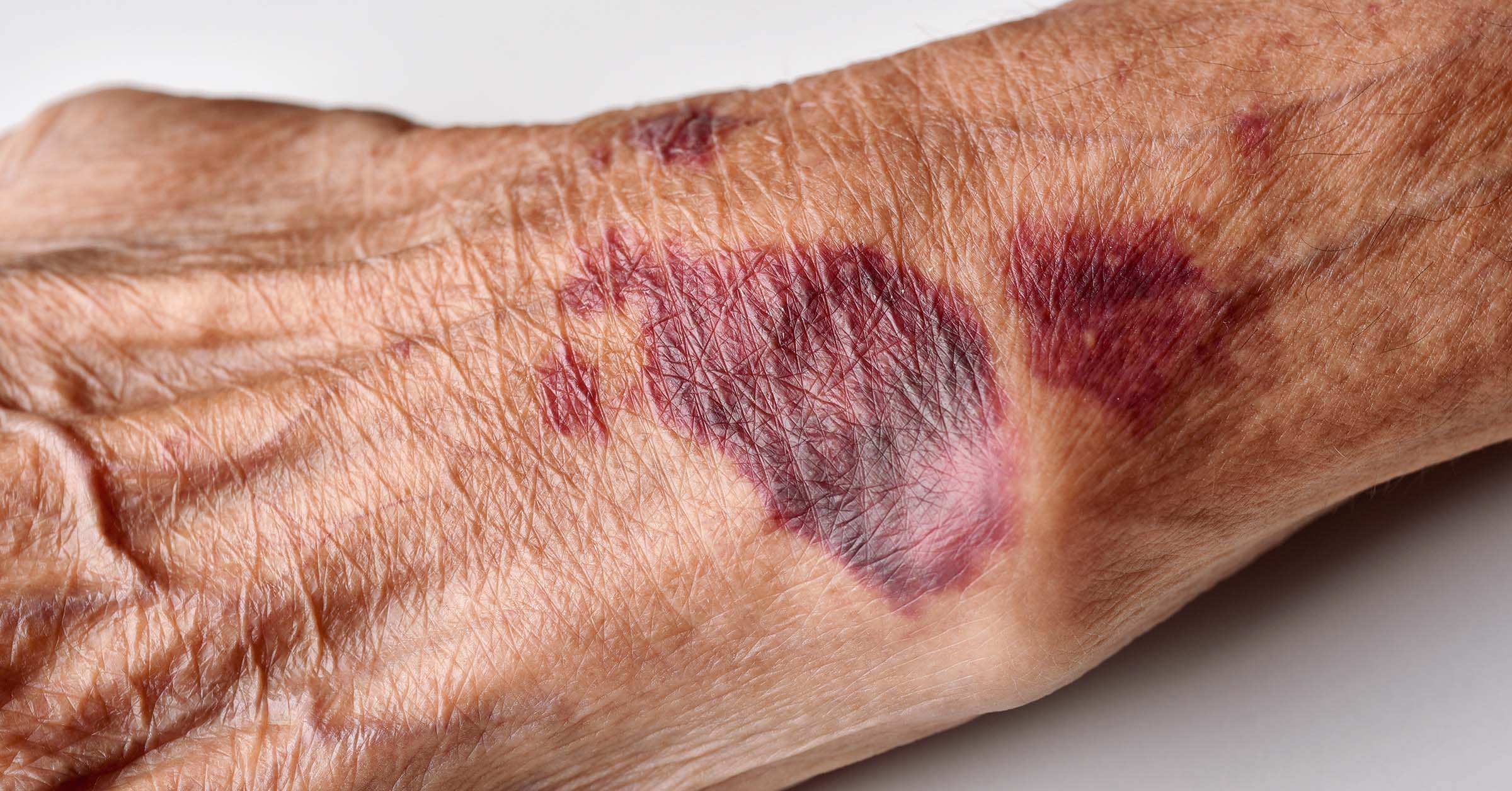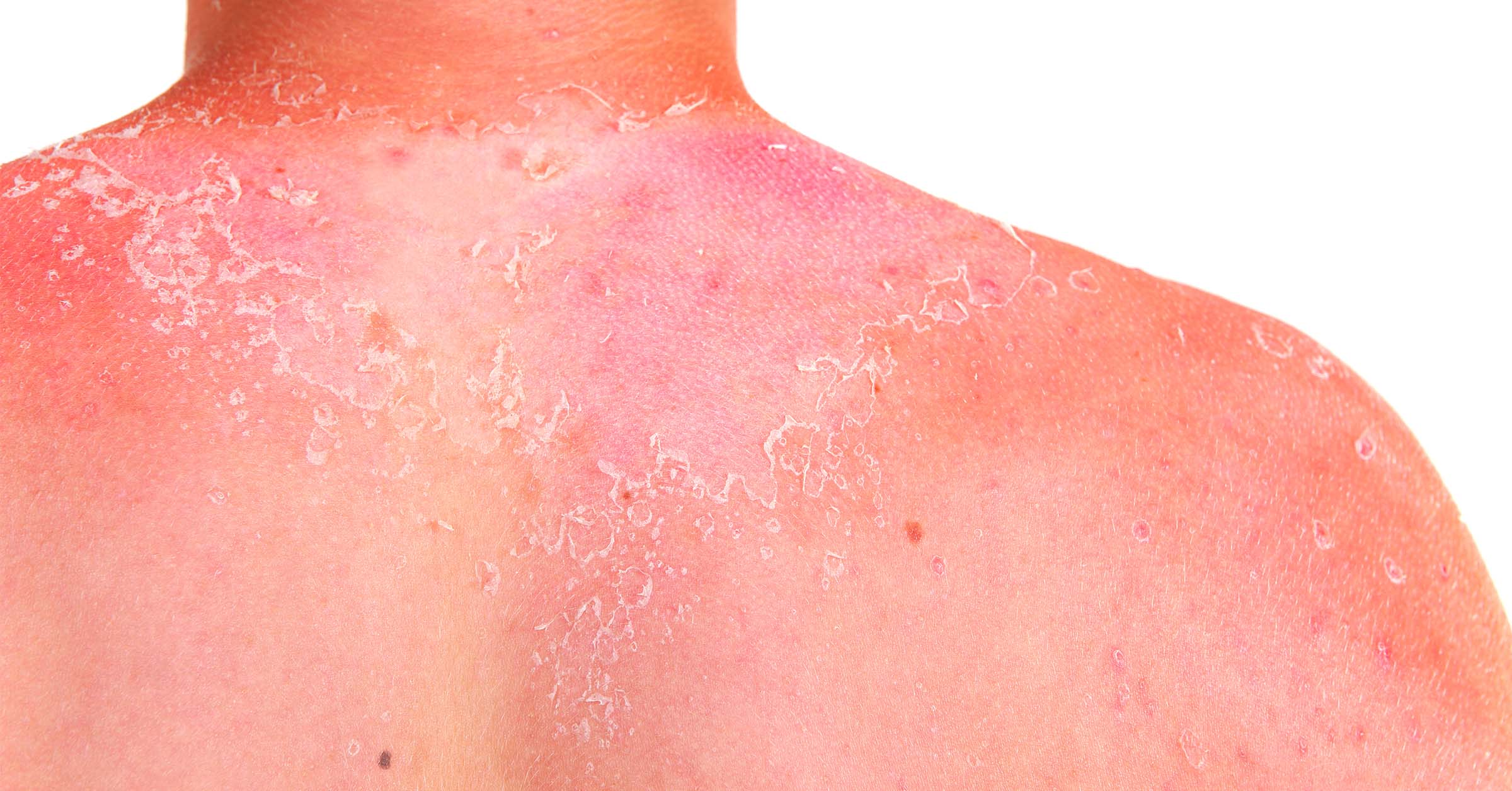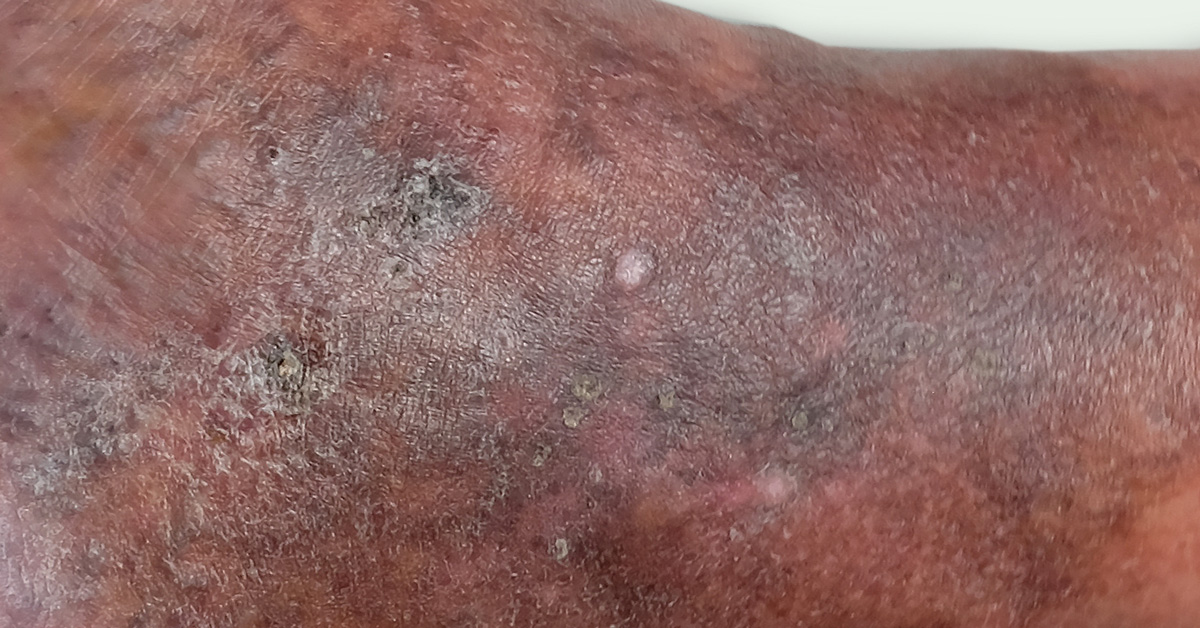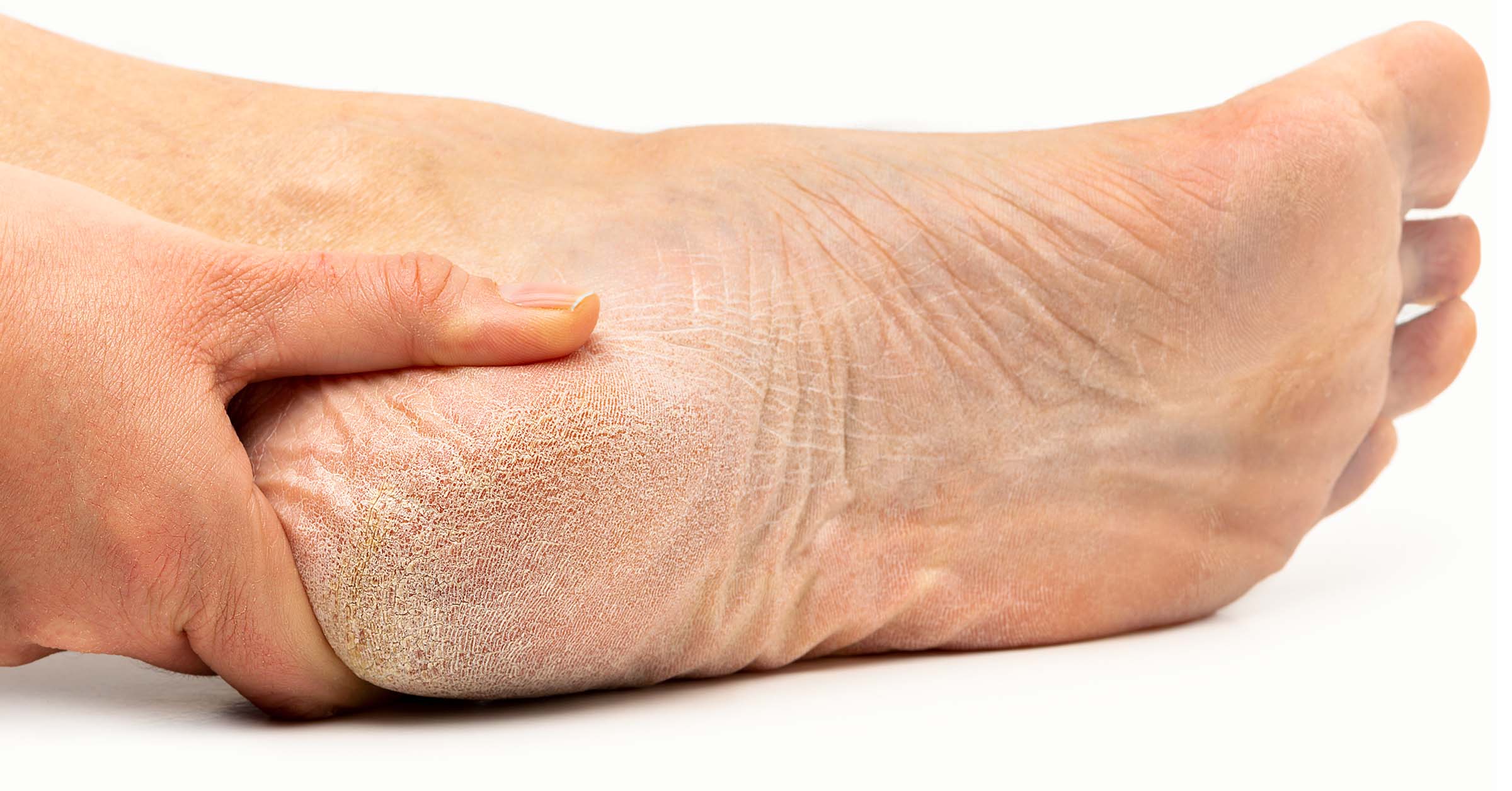Contact Dermatitis
What is Contact Dermatitis?
Contact dermatitis is a skin condition that occurs when the skin comes into contact with something that causes an allergic reaction or irritation. It can result from exposure to a wide range of substances, including chemicals, metals, plants, cosmetics, and certain fabrics.
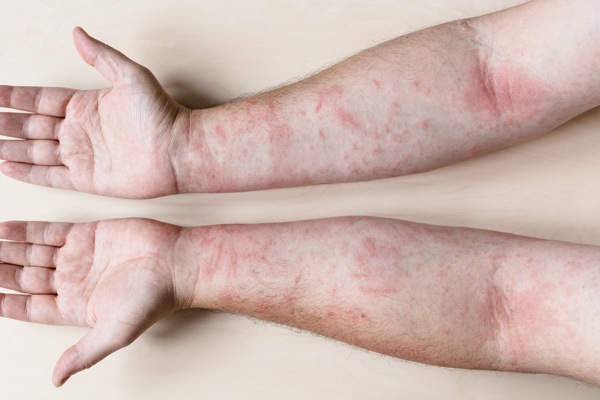
What Does Contact Dermatitis Look Like?
Contact dermatitis is characterized by a red to purple skin rash that differs from your natural skin tone. The affected area will be swollen, hive-like, and elevated on the skin. Small clusters of pimples and fluid may be seen. Itchy skin may cause a stinging or burning feeling.
Where is Contact Dermatitis on the Body?
This skin condition can develop anywhere on the body; however, there are common places where people experience it.
- Arms, armpits
- Face
- Neck
- Genitals
- Legs and feet
- Hands, fingers
What are the Most Common Types of Contact Dermatitis?
Allergic Contact Dermatitis
This condition develops when the immune system reacts to an allergen as if it were harmful. It is common for the immune system to become sensitized to an allergen after repeated exposures. Once sensitized, even a trace of the allergen might cause a reaction. Certain metals, such as nickel, certain fragrances, latex, and some plants, such as poison ivy, are common allergens.
Irritant Contact Dermatitis
This is the most frequent form and develops when the skin comes into direct contact with a material that damages the skin’s outer layer. Irritating contact dermatitis, unlike allergic contact dermatitis, does not involve an immune system response and can occur with a single encounter with an irritant. Chemicals such as detergents, acids, and solvents are common irritants.
Is Contact Dermatitis Contagious?
Contact dermatitis is not contagious; however, depending on what caused your skin reaction, it can spread to other parts of your body.
What are the symptoms of Contact Dermatitis?
Symptoms of contact dermatitis can vary, but often include:
- Red, itchy rash
- Swelling
- Blisters
- Dry, cracked skin
- Burning sensation
How is Contact Dermatitis Treated?
Identifying and avoiding the irritant or allergen that is causing the reaction is usually the first step in treatment. Over-the-counter lotions or ointments, such as hydrocortisone, can help relieve symptoms in mild cases. A doctor may prescribe stronger topical or oral drugs in more severe situations. Allergy testing can be performed if necessary to identify specific allergens.
Will My Skin Return to Normal After Treatment?
The rash can last anywhere from a few days to two weeks. Most of the time, it goes away quickly if you figure out what caused it and stay away from that irritant or allergy if you can. AMERIGEL Care Lotion helps to rehydrate, soothe, and moisturize irritations like contact dermatitis with its advanced proprietary formula. Always cleanse the affected area with soap and water, and gently dry thoroughly. Apply a liberal amount of AMERIGEL Care Lotion 2-3 times a day.
NOTE: If you are experiencing any symptoms suggestive of a medical emergency, always contact a physician or seek urgent care immediately.


